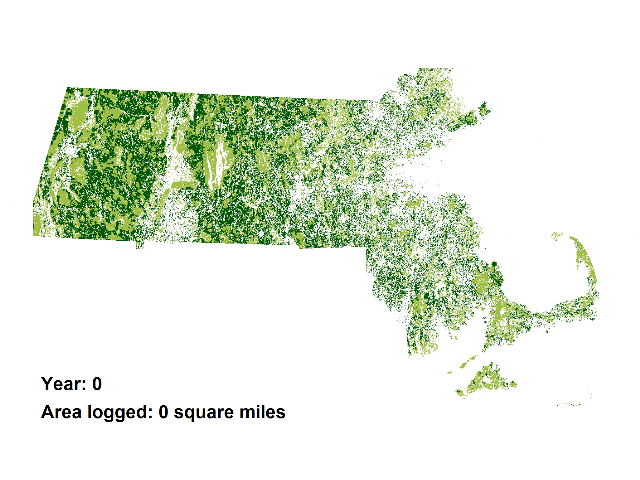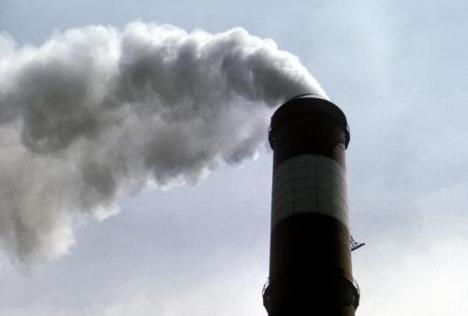Lying in the center of the table in the picture is this document:
Biomass carbon neutrality in the context of forest-based fuels and productsThe copy on the table is dated April 7, 2010; the online version is dated May 2010. It’s a powerpoint presentation that makes many good points, among them that coal doesn’t grow back, while trees do. So in theory it would be possible, by organizing harvesting of biomass over a region to make burning biomass for electricity carbon neutral.
by Reid Miner, NCASI, Al Lucier, NCASI
The document comes right out and says:
At point of combustion, CO2 emissions per unit of energy produced are generally higher for biomass fuels than for fossil fuels.Continue reading







